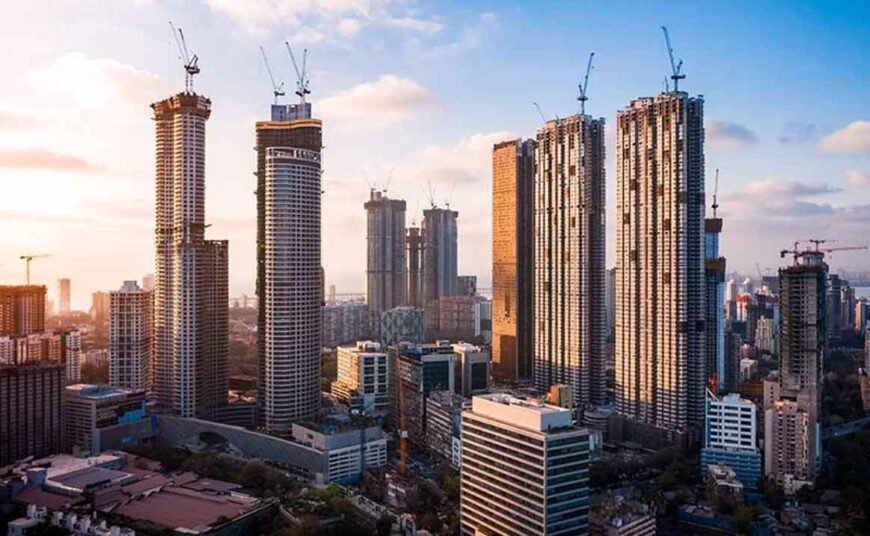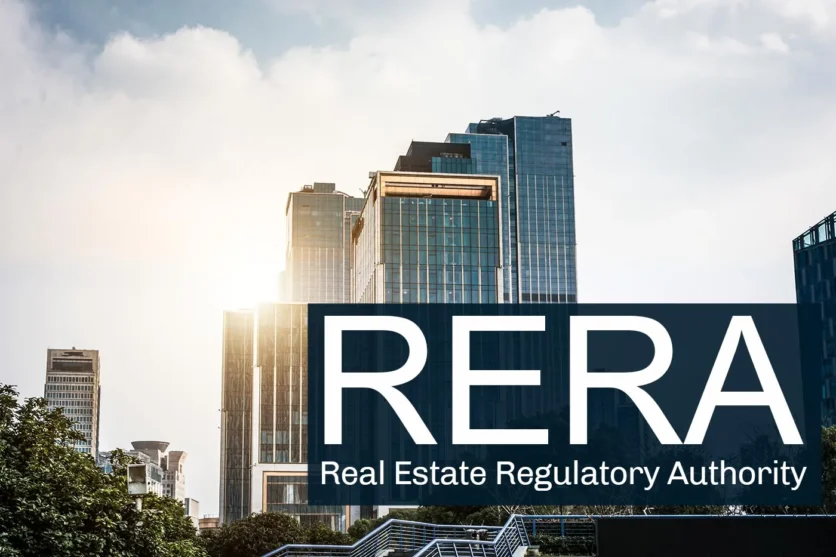Unlocking Opportunities: The Emerging Real Estate Hotspots of MMR
Table of Contents
The Mumbai Metropolitan Region (MMR) is a dynamic tapestry of urban development, constantly expanding and evolving. While South Mumbai’s premium addresses remain iconic, the true pulse of future real estate growth and investment lies in the rapidly emerging micro-markets across Mumbai, Navi Mumbai, and Thane. These areas, once considered peripheral, are now transforming into vibrant self-sustaining hubs, driven by strategic infrastructure development, enhanced connectivity, and compelling property rates.
If you’re looking to make a smart real estate move in the MMR, here’s a look at some of the most promising emerging micro-markets and why they’re catching the eye of discerning investors:
Mumbai: Beyond the Island City’s Core
While Mumbai proper is known for its high property values, certain pockets are undergoing significant transformation, offering attractive entry points and high growth potential:
- Andheri East (specifically JB Nagar & Marol): Already a major commercial and transport hub, areas like JB Nagar and Marol are seeing a surge in residential demand.
- Connectivity: Excellent connectivity via Western Express Highway, Metro Line 1 (Versova-Andheri-Ghatkopar), and proximity to Mumbai International Airport. Upcoming Metro Line 6 (Jogeshwari-Vikhroli Link Road) will further boost connectivity.
- Growth Potential: Strong employment hubs (MIDC, SEEPZ, Chakala) continue to attract professionals, leading to consistent rental demand and capital appreciation. Redevelopment projects are also adding modern residential inventory.
- Current Property Rates: Varies significantly, but more accessible than South Mumbai, with strong appreciation expected. Studio apartments in prime Marol are available from around ₹70 lakhs.
- Kanjurmarg: Often described as an underrated gem, Kanjurmarg benefits from its strategic location between the Western and Eastern suburbs.
- Connectivity: Well-connected by Eastern Express Highway and the Central Railway line. It’s also gaining from its proximity to Powai and Vikhroli, and upcoming Metro Lines further enhance its appeal.
- Growth Potential: Home to several IT parks and corporate campuses, attracting a large working population. Its green surroundings and planned residential complexes make it a desirable location for families.
- Current Property Rates: Generally more affordable than Powai, offering good value for money.
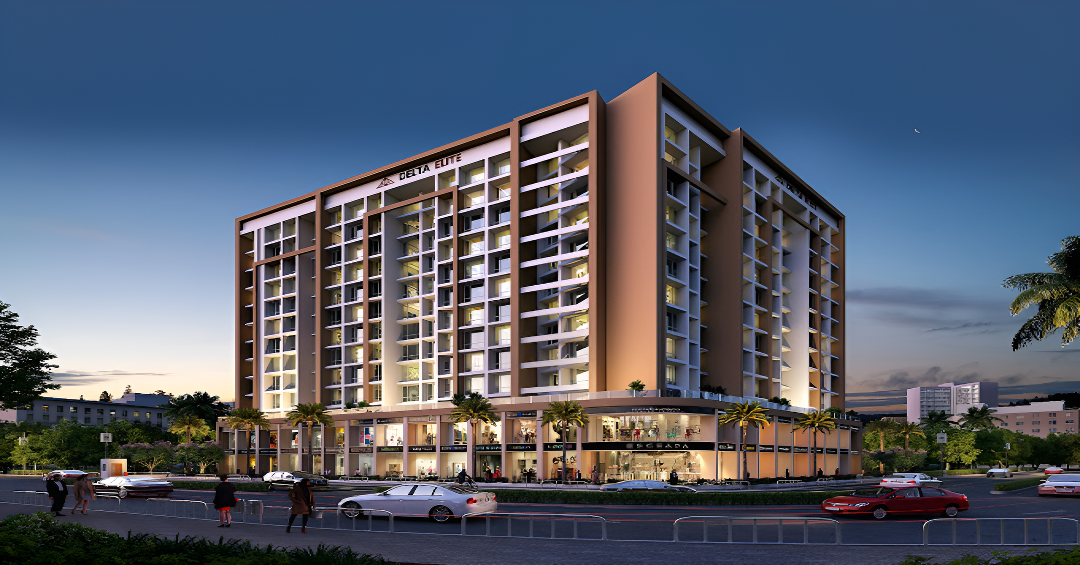
Navi Mumbai: The City of the Future Unfolding
Navi Mumbai is perhaps the most exciting growth corridor in the MMR, propelled by monumental infrastructure projects.
- Panvel: Often hailed as the “Gateway to Navi Mumbai Growth,” Panvel’s future is inextricably linked to the upcoming Navi Mumbai International Airport (NMIA).
- Connectivity: Excellent road connectivity (Mumbai-Pune Expressway, Sion-Panvel Highway, Mumbai Trans Harbour Link – MTHL), robust railway network, and direct access to the upcoming airport.
- Future Growth Potential: NMIA is the primary catalyst, expected to transform Panvel into a global commercial and logistics hub. This will drive both residential and commercial real estate demand significantly. The “Third Mumbai” concept further amplifies its long-term potential.
- Current Property Rates: Still relatively affordable compared to Mumbai, with prices around ₹8,000 – ₹12,000 per sq. ft., offering substantial upside.
- Ulwe: Directly impacted by the NMIA, Ulwe is envisioned as a well-planned node with modern amenities.
- Connectivity: Proximity to NMIA, MTHL, and the upcoming Seawoods-Uran railway line.
- Future Growth Potential: As a rapidly developing node, it’s attracting both residential and commercial projects. Early investors are poised for significant appreciation as airport operations scale up.
- Current Property Rates: Currently in the range of ₹8,000 – ₹10,000 per sq. ft., making it an attractive entry point for long-term gains.
- Kharghar: Already a well-established and green node, Kharghar continues to be a premium residential choice with excellent social infrastructure.
- Connectivity: Well-connected by road, rail, and Metro Line 1 (connecting Belapur to Pendhar). Proximity to the upcoming airport further adds value.
- Future Growth Potential: Continues to attract families and professionals due to its planned infrastructure, educational institutions, and lifestyle amenities. Its strategic location makes it resilient to market fluctuations.
- Current Property Rates: Ranges from ₹9,000 – ₹16,000 per sq. ft., indicating a more mature but still appreciating market.
- Taloja: Positioned for affordable housing, Taloja is gaining traction due to improved connectivity.
- Connectivity: Close to Kharghar and MIDC industrial zones. The extension of Metro Line 1 significantly enhances its appeal for commuters.
- Future Growth Potential: Focus on budget-friendly homes caters to first-time buyers and those seeking more spacious options outside premium nodes.
- Current Property Rates: One of the most affordable options in Navi Mumbai, averaging ₹6,000 – ₹8,000 per sq. ft.

Thane: The Cosmopolitan Powerhouse
Thane has transformed from a satellite city into a self-sufficient metropolis, often preferred for its blend of urban convenience and green spaces.
- Ghodbunder Road (Kasarvadavali, Manpada, Kolshet Road): This entire stretch is a growth corridor, witnessing exponential residential and commercial development.
- Connectivity: Direct access to Eastern and Western Express Highways, ensuring seamless connectivity to Mumbai and Navi Mumbai. Multiple Metro lines (e.g., Line 4 Wadala-Kasarvadavali, Line 5 Thane-Bhiwandi-Kalyan) are set to revolutionize commuting. The proposed Thane-Borivali twin tunnel will further reduce travel time to the Western suburbs.
- Future Growth Potential: Growing commercial hubs, IT parks, and retail spaces are attracting businesses and a large workforce, creating sustained demand for housing. The presence of renowned developers and world-class amenities makes it a prime choice.
- Current Property Rates: Ranges from ₹10,000 to ₹15,000+ per sq. ft. in various pockets, still offering competitive pricing compared to Mumbai’s core.
- Majiwada: Located at the heart of Thane, Majiwada offers excellent social infrastructure and connectivity.
- Connectivity: Proximity to Thane Railway Station and major highways. It’s a central point offering easy access to different parts of MMR.
- Future Growth Potential: Established social infrastructure, leading real estate developers, and a high rental demand make it a robust investment.
- Current Property Rates: Around ₹12,000 – ₹16,000 per sq. ft., reflecting its premium appeal and established status.
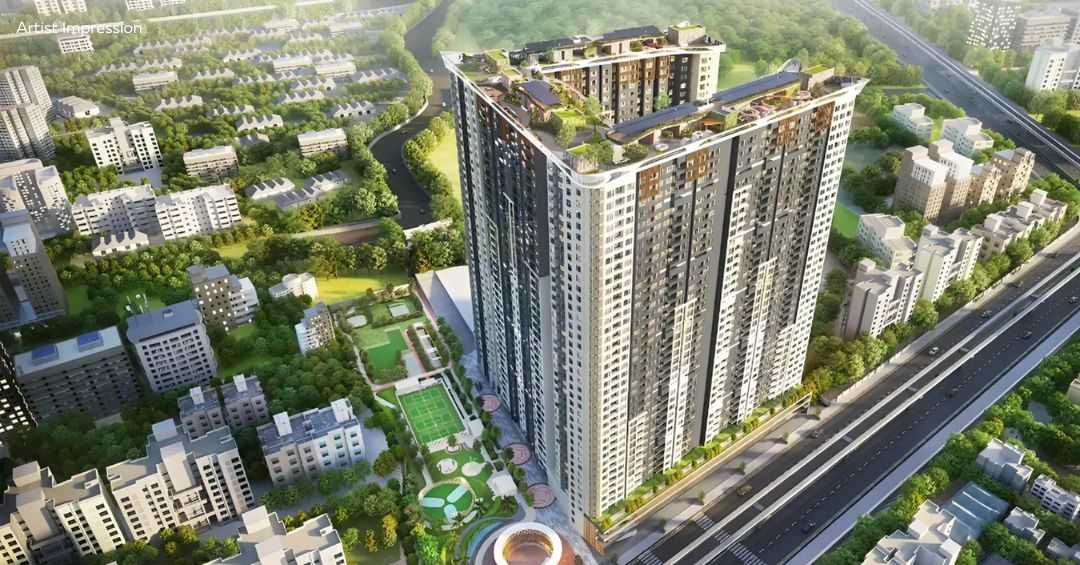
Also Read : Thane Rental Income Guide 2025: Unlock Maximum ROI in Mumbai’s Smartest Investment Zone
The Investment Edge: What to Look For
When considering these micro-markets, remember to prioritize:
- Infrastructure Momentum: Focus on areas with ongoing or proposed metro lines, expressways, and other large-scale connectivity projects.
- Employment Hubs: Proximity to business districts, IT parks, and industrial zones ensures sustained rental yield and demand.
- Social Infrastructure: Access to quality schools, hospitals, shopping centers, and entertainment options enhances liveability and property value.
- Developer Reputation: Choose projects by reputable builders with a track record of timely delivery and quality construction.
The MMR’s real estate narrative is one of continuous growth. By strategically identifying these emerging micro-markets, investors and homebuyers can capitalize on the region’s immense potential and secure their future in one of India’s most vibrant economic corridors.
The RERA Revolution 2025: A New Era of Trust in Mumbai’s Real Estate
Table of Contents
The RERA Revolution: A New Era of Trust in Mumbai’s Real Estate
The Mumbai Metropolitan Region (MMR) – a dynamic landscape of soaring skyscrapers, bustling commercial hubs, and rapidly expanding residential zones – has long been a magnet for real estate investment. However, like many burgeoning markets, it wasn’t without its challenges. Delayed projects, opaque dealings, and a lack of accountability often left homebuyers feeling vulnerable. Enter the Real Estate (Regulation and Development) Act, 2016, popularly known as RERA.
What is RERA?
Before we dive into its impact, let’s understand What RERA is. The Real Estate (Regulation and Development) Act, 2016, is a landmark legislation passed by the Indian Parliament. Its primary objective is to bring transparency, accountability, and efficiency to the real estate sector across India. It aims to protect the interests of homebuyers and boost investments in the industry. Each state and Union Territory has its own RERA authority to implement the act’s provisions. In Maharashtra, this authority is called MahaRERA (Maharashtra Real Estate Regulatory Authority).
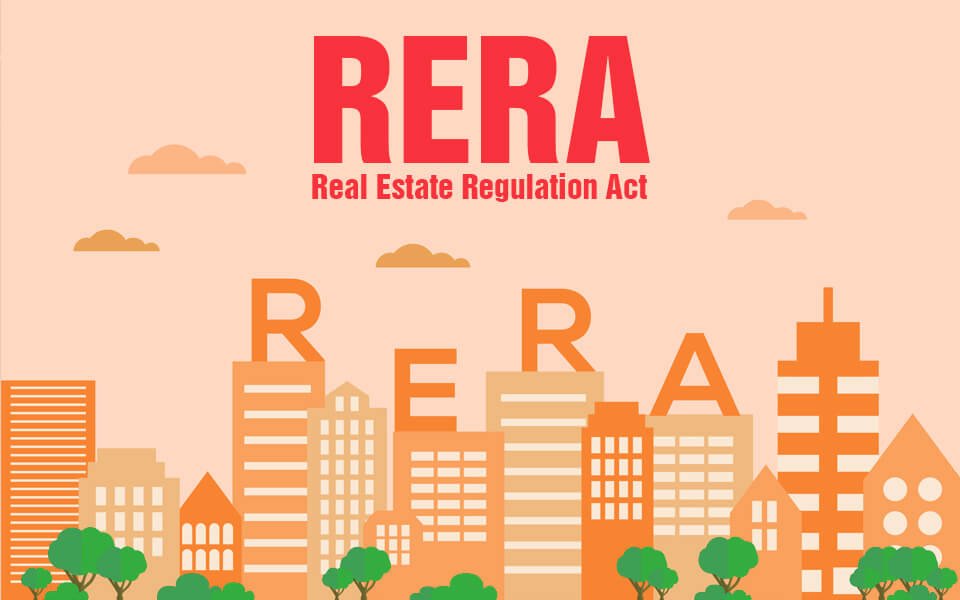
Empowering Homebuyers: A Shield Against Uncertainty
One of RERA’s most significant contributions has been its role in empowering homebuyers. Previously, the power dynamic often tilted heavily in favor of developers. RERA has leveled the playing field by:
- Mandating Project Registration: Every real estate project (with some exceptions for small projects, generally those with a land area exceeding 500 square meters or more than eight apartments) must be registered with the respective state RERA1 authority. This means developers cannot market, advertise, or sell units until their project is registered and all necessary approvals are in place. This upfront registration provides a critical layer of security for prospective buyers.
- Ensuring Access to Information: Homebuyers now have unprecedented access to crucial project details on the RERA website, including the developer’s background, approved layout plans, specifications, land title status, all government approvals, the precise project timeline, and financial disclosures. This transparency helps buyers make informed decisions and reduces the risk of being misled.
- Standardizing Agreements: RERA has introduced a standardized Agreement for Sale, reducing the scope for one-sided clauses that previously favored developers. This ensures fair terms and conditions for both parties.
- Providing a Grievance Redressal Mechanism: A dedicated RERA authority acts as a fast-track dispute resolution body. Homebuyers can file complaints against developers for violations, and the authority has the power to impose penalties and order compensation. This has significantly reduced the need for lengthy and expensive court battles, offering a quicker and more accessible route to justice.
Increased Transparency: Shedding Light on the Process
Transparency was a major casualty in the pre-RERA era. The Act has fundamentally changed this by:
- Public Disclosure of Project Details: As mentioned, all registered project details are publicly available. This includes the carpet area (which RERA clearly defines, eliminating the previously confusing ‘super built-up area’), the payment schedule linked to construction progress, and the exact date of possession.
- Financial Discipline: RERA mandates that 70% of the amounts realized for a real estate project from the allottees shall be deposited in a separate bank account (an escrow account) and shall be used only for the construction and land cost of that specific project. This crucial provision prevents developers from diverting funds to other projects, a common reason for delays and financial distress, ensuring buyers’ money is used for its intended purpose.
- Regular Updates: Developers are required to submit quarterly updates on the physical and financial progress of their projects, which are then published on the RERA website. This ensures ongoing transparency and allows homebuyers to track their investment’s progress in real-time.

Promoting Timely Project Completion: A Boost to Deliverability
Project delays were perhaps the biggest pain point for homebuyers in the MMR. RERA has taken significant steps to address this:
- Defined Completion Deadlines: Developers must commit to a clear completion date at the time of project registration. Any deviation or delay beyond this date (barring legitimate force majeure conditions) can attract severe penalties.
- Penalties for Delays: If a developer fails to deliver a project on time, they are liable to pay interest to the homebuyers for every month of delay. Alternatively, buyers can choose to withdraw from the project and receive a full refund of their amount paid along with interest. This acts as a strong financial deterrent against unwarranted delays.
- Accountability of All Stakeholders: RERA not only holds developers accountable but also brings real estate agents under its ambit, requiring them to register and adhere to ethical practices. This holistic approach ensures greater accountability and professionalism across the entire real estate ecosystem, from land acquisition to final delivery.
- Defect Liability Period: Developers are responsible for rectifying any structural defects or issues arising from poor workmanship within five years of the project’s possession, at no extra cost to the buyer. This further assures the quality of construction.
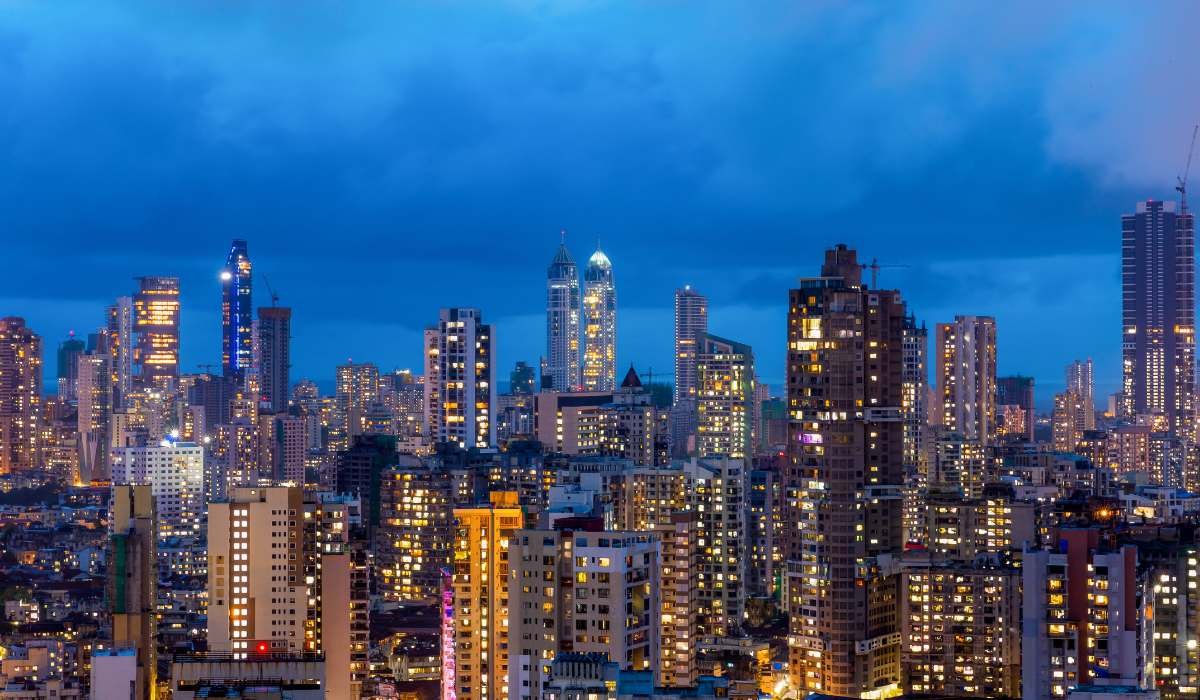
The Way Forward
RERA has undoubtedly been a game-changer for the real estate sector in the MMR. It has instilled a sense of trust and confidence among homebuyers, encouraging greater participation in the market. Maharashtra, through MahaRERA, has been a frontrunner in implementing the Act, with a significant number of projects registered, particularly in the Konkan region which includes Mumbai, Thane, and Navi Mumbai.
While challenges remain in its full implementation and enforcement, the Act has laid a strong foundation for a more transparent, accountable, and ultimately, more reliable real estate industry. For anyone looking to invest in property in the MMR, RERA is no longer just a legal provision; it’s a promise of protection, a beacon of transparency, and a driving force behind timely project delivery, fostering a healthier and more trustworthy real estate market.

